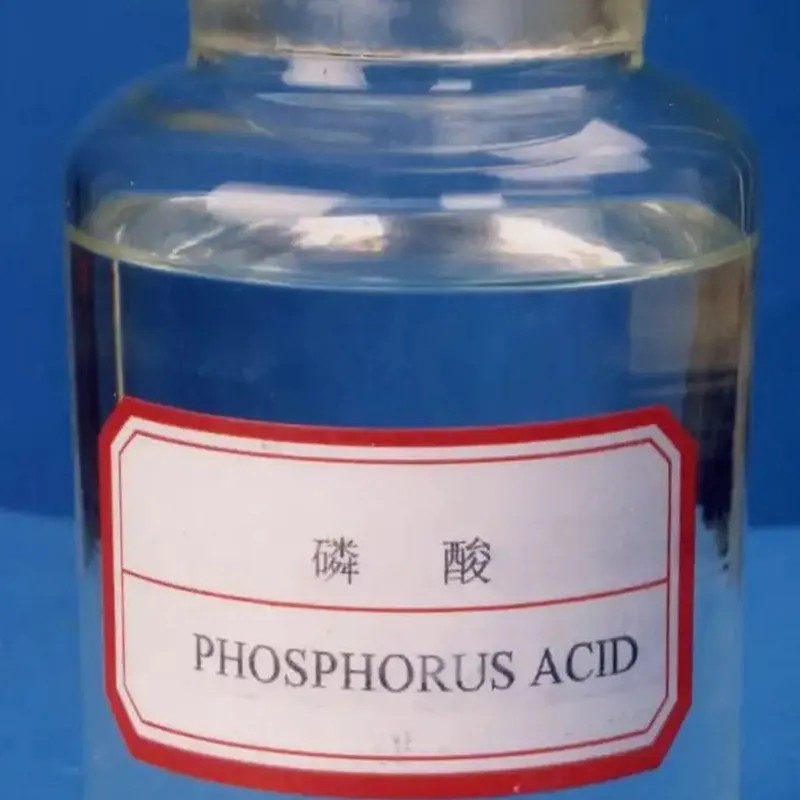
e100 food additive
Understanding E100 The Food Additive
Food additives play a crucial role in modern food production, enhancing flavor, appearance, and shelf life. Among these additives is E100, known as Curcumin, a vibrant yellow compound derived from turmeric. This article delves into the characteristics, uses, and safety considerations surrounding E100.
What Is E100?
E100, or Curcumin, comes from the rhizome of the turmeric plant (Curcuma longa). Curcumin is renowned not only for its captivating golden hue but also for its various potential health benefits. In culinary applications, E100 is commonly used as a food colorant, particularly in products like mustards, cheeses, and beverages. It imparts a warm, inviting color that appeals to consumers and enhances the visual allure of various food items.
Uses of E100
In the food industry, E100 serves multiple purposes. Primarily recognized as a color additive, it is utilized to provide a distinctive yellow color to foods, making them more attractive. It is especially prevalent in curry powders, processed cheese, and sauces. However, its role extends beyond mere aesthetics. Curcumin is also celebrated for its antioxidant properties, making it a valuable ingredient in functional foods designed to promote health and well-being.
In addition to its application in food, E100 is also widely used in the cosmetic and pharmaceutical industries. In cosmetics, it is often included for its coloring properties and even reported health benefits. In pharmaceuticals, Curcumin is studied for its potential anti-inflammatory and anti-cancer properties, positioning it as a compound of interest in both dietary supplements and medicinal preparations.
Safety and Regulations
e100 food additive

E100 has been subject to extensive research, and its safety as a food additive has been evaluated by various food safety authorities worldwide. The European Food Safety Authority (EFSA) and the U.S. Food and Drug Administration (FDA) have classified Curcumin as safe for consumption within specified limits.
However, like any additive, moderation is key. Some individuals may experience sensitivities or allergic reactions to curcumin, especially when consumed in large quantities. It is always advisable for consumers with specific dietary restrictions or allergies to check ingredient labels diligently.
Health Benefits and Misconceptions
Beyond its use as a colorant, Curcumin has gained significant attention for its potential health benefits. Research suggests that it may have anti-inflammatory, antioxidant, and even anticancer properties. These findings have led to increased interest in turmeric and curcumin supplements, with many people incorporating them into their diets for potential health benefits.
However, it is essential to approach these claims critically. While preliminary studies are promising, more extensive research is needed to confirm the extent of curcumin's health benefits. Moreover, the bioavailability of curcumin in its natural form is relatively low, often necessitating the use of formulations that enhance its absorption for therapeutic effects.
Conclusion
In conclusion, E100 (Curcumin) is a multifaceted food additive that enriches our culinary experiences while offering intriguing health benefits. As a colorant, it enhances the visual appeal of numerous food products, while its potential health-promoting properties have captured the interest of researchers and consumers alike. Nonetheless, it's vital to consume it responsibly and stay informed about its effects. While E100 adds both vibrancy and excitement to our diets, it is essential to recognize the balance between enjoyment and moderation in food consumption. As research continues to unfold, E100 could play an even more significant role in our understanding of food, health, and wellness.
-
Buy High-Quality Trichloroisocyanuric Acid for Sale | TCCA 90% SupplierNewsAug.30,2025
-
Pure Sodium Dichloroisocyanurate Dihydrate | Powerful DisinfectantNewsAug.29,2025
-
Industrial Chemicals: Quality & Purity for Every IndustryNewsAug.28,2025
-
Nitrile Rubber Honoring Strict Production StandardsNewsAug.22,2025
-
Aspartame Ingredients Honoring Food Safety ValuesNewsAug.22,2025
-
Fertilizer for Balanced Plant NutritionNewsAug.22,2025
-
Cyanide Gold Processing with High Purity AdditivesNewsAug.22,2025
Hebei Tenger Chemical Technology Co., Ltd. focuses on the chemical industry and is committed to the export service of chemical raw materials.
-

view more DiethanolisopropanolamineIn the ever-growing field of chemical solutions, diethanolisopropanolamine (DEIPA) stands out as a versatile and important compound. Due to its unique chemical structure and properties, DEIPA is of interest to various industries including construction, personal care, and agriculture. -

view more TriisopropanolamineTriisopropanolamine (TIPA) alkanol amine substance, is a kind of alcohol amine compound with amino and alcohol hydroxyl, and because of its molecules contains both amino and hydroxyl. -

view more Tetramethyl Thiuram DisulfideTetramethyl thiuram disulfide, also known as TMTD, is a white to light-yellow powder with a distinct sulfur-like odor. It is soluble in organic solvents such as benzene, acetone, and ethyl acetate, making it highly versatile for use in different formulations. TMTD is known for its excellent vulcanization acceleration properties, which makes it a key ingredient in the production of rubber products. Additionally, it acts as an effective fungicide and bactericide, making it valuable in agricultural applications. Its high purity and stability ensure consistent performance, making it a preferred choice for manufacturers across various industries.





